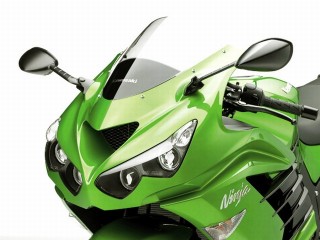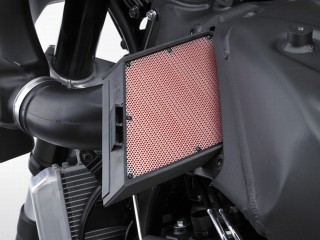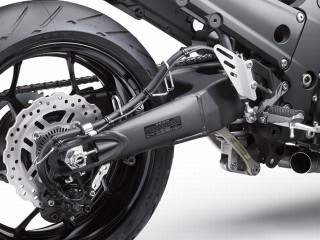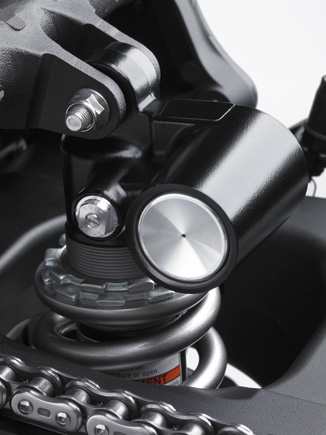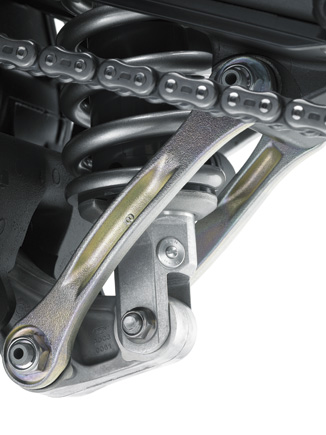This was the teaser video from Kawasaki before unveiling the 2012 Ninja ZX-14R yesterday. THE ‘R’ STANDS FOR REVOLUTIONARY! Or so screams the Kawasaki website. We’ll delve into the changes for the 2012 model and let you decide how revolutionary.
Bodywork
The monocoque frame is positioned over the engine so the sleek new fairing is uninterrupted by protruding frame spars, adding to the extremely long and low styling. The newly designed vents in the fairing offer improved engine-heat control by routing the heat rearward and creating a large still air cocoon for the comfort of rider and passenger. The standard rear-seat cowl makes the motorcycle fantastic and is signature ZX-14.
Quadruple projector beam headlights in the new fairing give the ZX™-14 a distinctive new look. The outer lights contain position lamps and high beams, while the low beams are located in the center lamps. Lightweight Denso radiator with dual fans and high-density cores provides maximum cooling efficiency. The bodywork fasteners are also hidden and hence the streamlined uniterrupted look.
The new 2012 Ninja ZX-14R has newly shaped and more supportive seat which is slimmer up front and offers hip support to help hold the rider in place during acceleration.
Frame
Completely revised monocoque frame supports the engine from above with twin spars, and the entire assembly is a combination of cast and forged parts. The steering head and swingarm pivot areas are die-cast process and this contributes to weight savings. Flex and rigidity characteristics have been improved from the old unit, and the with the new reworked suspension, Kawasaki claims the handling is even better than before. The lightweight monocoque frame is a hollow aluminum box that arches over the engine from the steering head to the swingarm pivot. It is narrow, strong, rigid and very light. Rigidly mounted engine is a stressed frame member, which increases the frame’s torsional rigidity and saves weight compared to traditional designs. Kawasaki also mentions that the engine is positioned forward in the frame, with the slightly longer wheelbase and front/rear weight balance carefully designed to achieve high-speed stability and responsive handling.
The massive head pipe casting contributes to frame rigidity. The frame also houses the air box and air filter in a space-saving design that simplifies air cleaner maintenance. The battery is also housed within the frame and is easily accessible through an aluminum frame cover.
Kawasaki says the longer swingarm adds high-speed stability and is gusseted to better cope with the new engine’s power production.
Suspension
Revised internal settings for the inverted and multi-adjustable 43mm cartridge-type fork at the front allow more wheel control and improved ride compliance. Stepless damping adjustment improves suspension performance.
The rear suspension is the same fully adjustable bottom-link Uni-Trak® rear suspension from last year. The bottom-link design of the Uni-Trak® rear suspension helps create a lower center of gravity, which makes the motorcycle more nimble.


